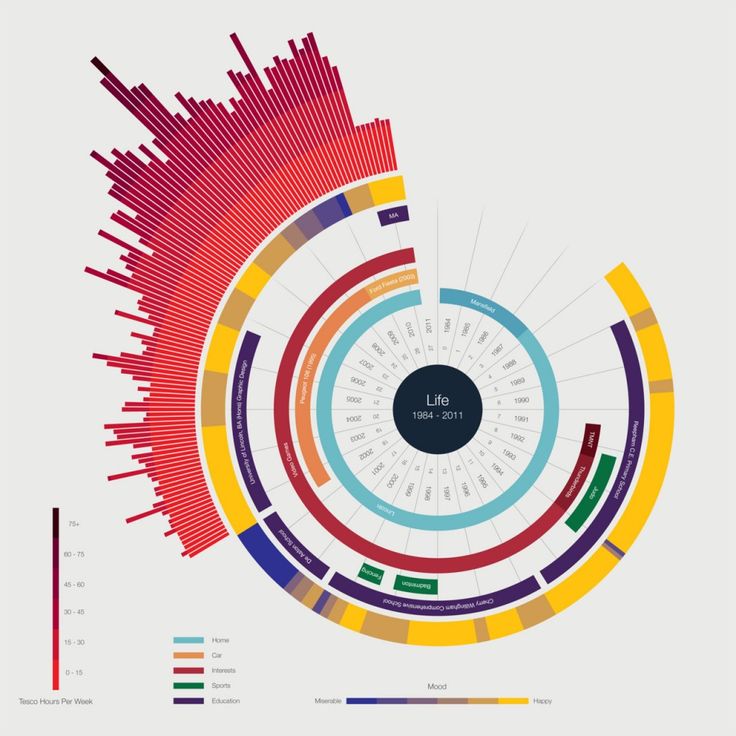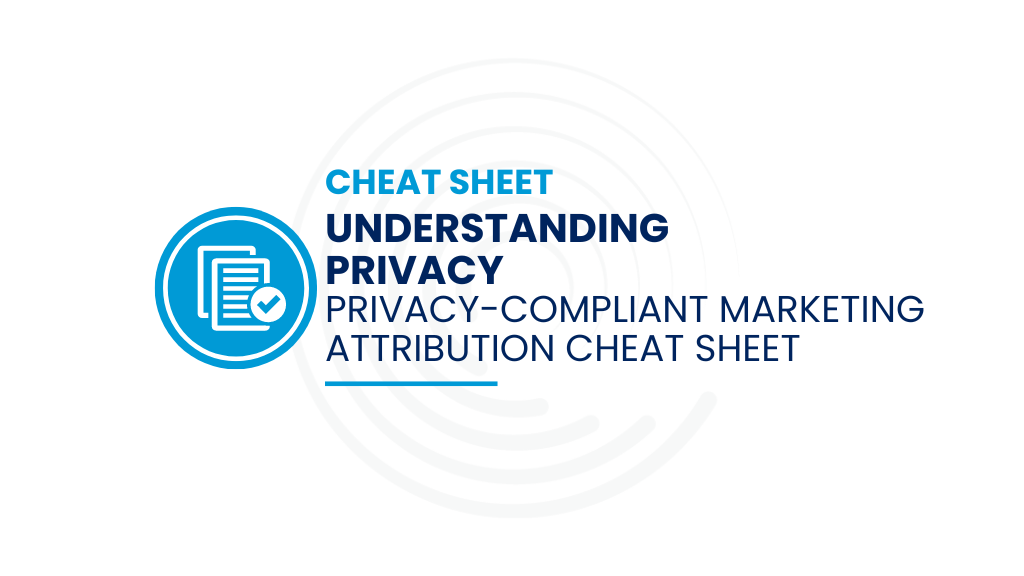These days, we as marketing professionals hear over and over again, “Marketers need to become data-driven, performance-driven, and numbers-driven.” Do these terms generate an allergic reaction from you? Do you believe that it’s too hard? Well, that’s understandable because those terms obfuscate the simple meaning and the easy methods behind them. Though I am a product marketer now, in a previous life I was a finance-driven investment banker and venture capitalist. I find my analytical background to be extremely helpful in my marketing career. In the job market, employers are looking more and more for marketers who can demonstrate analytical skills and a bent towards metrics. So, if you want to accelerate your career, I firmly believe it would benefit all marketers to learn a few things from finance. If there were five main things I think marketers should learn from finance folks, they are:
- Analyzing data to learn
- Understanding numbers and the stories they tell
- Setting goals and optimizing for scenarios
- Sanity-checking and attention to detail
- Excel
1) Analyzing Data to Learn
My favorite thing about marketers: we are audience-driven. We say things to convey, and we listen to understand. While you can say finance folks are left-brained, their version of this principle is: they analyze data to learn. Certainly, endless financial figures can be crunched but in reality the purpose of crunching numbers is to generate knowledge and make decisions. That’s exactly the same in marketing. In the marketing world, too often do we hear about analytics and reporting. Sure, we can create mountains of reports, but we need to stop analyzing just to analyze, we need to analyze to learn. Here’s a top search result in Google when I searched “data visualization”:

Look at that. So pretty. But, so what? What does it actually inform you of? I offer this approach to data analytics: start from the “ah ha” moment you need to dig for that will change your decision OR your understanding.
Take the quintessential marketing questions: “What’s working? What campaigns have been effective and what should I continue running?” Well, the right approach to analyzing your data (the way finance folks do it) is to imagine where your “ah ha” moment might be. In this example, you’re looking to measure differences in campaign effectiveness and the revenue generated. This is a classic campaign attribution question. And if you’re being truly disciplined about investigating (analyzing to learn), you’ll slice and dice your campaigns to eek out the key differences between effective campaigns and ineffective campaigns. But you’ll do no more, and no less. Start big, then go small. Segment ad campaigns by channel before you segment by specific website. Segment by day of the week before you segment by time of the day. Start somewhere and dig deeper only with a purpose (otherwise, you can create many reports with all sorts of combinations of segments).
We all know marketing is an art and a science, but we can learn much from finance in that regard when it comes to analyzing data. After all, “finance” can be pronounced both as fin-ANCE (like “finesse”) and as FI-nance (like “science”).
2) Understanding Numbers and the Stories They Tell
Much like marketers understand words and the stories they tell, finance folks understand that numbers tell stories too. Nuances in words can change the story you convey, and similarly nuances in numbers can change the story of a company (or a campaign, a strategy, etc.). How do you generate these stories with numbers? Look at big contrasts and changes. Big differences in output (the Y-variable, such as lead volume or responses to a campaign) might possibly be traced to differences in the input (the X-variable, such as keywords used, content format, topic, or even money spent).
Here’s a secret: the above is what CEOs means when they say, “I wish marketers were more quantitative / analytical / data-driven / performance-driven / etc.” It doesn’t mean, “I wish marketers were math whizzes.” For the record, I struggled way more in the math section of the GMAT than I did with the verbal. No need to be a whiz, just understand the effect of real-world actions on the metrics that you report. In other words, understand the numbers as results that occur from pulling different levers in the real world.
This leads me to my next learning opportunity for marketers: goal-setting and optimization.
3) Goal-Setting and Optimization
If you learn to understand the stories behind numbers, you can generate a baseline from which you can set goals, as well as optimize marketing inputs to manage your marketing towards those goals. In finance, I played with assumptions for inputs in order to see the difference in outcomes in different scenarios (i.e., best-case, good-case, worst-case, sound familiar?) and show what the company might need to do in order to prepare for those scenarios. That principle is the same in performance-driven marketing. And again, you should start from the end. What is the result you are trying to achieve? What revenue are you trying to hit? Is it a doubling of revenue? If so, what budget do you require to hit that? If you don’t get double the budget, what else must you improve or optimize to get there? The list goes on when it comes to marketing decisions, but learn from finance in the discipline of goal-setting and optimization. In summary, for all of your goal-setting, do what finance folks do: understand the stories of the past to set the benchmark for this year’s story, create different scenarios, play with the assumptions and the levers that drive growth, and optimize, optimize, optimize.
4) Sanity-Checking
No, the term isn’t referring to the meditating required to pull long hours in finance jobs. “Sanity-checking” is about having the numbers, calculations, and goals make sense. In finance, attention to detail was beaten into my head. Copywriters learn this very intimately too. When generating conclusions, ensure accuracy by double- and triple-checking. One standard way to do this: add the numbers in different ways. Numbers should “foot” or show a result that is the same as the calculation every time (the term comes from the act of summing in a column where the final sum is at the bottom or “foot” of the column). Finance folks love their slang terms, since it’s hard to be creative with just numbers (unless you’re Enron).
Another way to do this: check numbers against historical figures. Do the numbers make sense given what has happened in the past and what the numbers showed at year-end? And if you’re goal-setting for growth, can you build the bridge from here to there? If your revenue goals require doubling your volume while increasing your conversion rate with the same exact budget, you’ll have to obtain the growth from somewhere to achieve your higher goals. If the numbers don’t pass the sniff test, revise.
Combine the skill of understanding numbers with the discipline of invoking the “sanity check”, and you can gain the confidence in marketing planning and decision-making. It just takes some practice and familiarity with how the numbers manifest in the real world.
5) Excel
Know your way around a spreadsheet. Unfortunately, you might resort to Excel or inherit spreadsheets as part of your job, especially when handling exported data, running some calculations, or even performing data cleansing, appending, and enhancing. You don’t need to be a financial modeling guru, but learning simple tips and tricks can help with your day-to-day life. You could learn some basic formulas that might standardize certain numbers, such as ZIP codes or phone numbers, for importing into your Salesforce. You could learn how to filter for sub segments of records and people that you’re targeting.
Operating in different technologies is a cornerstone of marketing pride. Lots of recruiters check the box on domain expertise in various tools. Excel needs to be one of them. It will also give you a leg up in your professional marketing career.
Here’s one of my Excel Pro-Tips templates that you can use for learning some common tips and tricks for working with marketing and sales data.
The Takeaway
If you learn these skills and adopt them into your routine, you will become better at your job, be able to demonstrate understanding of the drivers of growth, and accelerate your career (and the salary you command in this competitive job market of marketers). As a professional marketer trying to accelerate my career and help lead the growth of an organization everywhere I goes, I’m glad I started my career in finance. And I hope you make at least a brief pit stop in it too.
Looking to get better alignment with finance? Download “The Top 5 Reports Finance Wants from Marketing” by Full Circle Insights.







